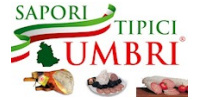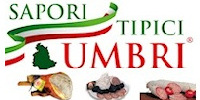Fontignano is a small village between Perugia, Città della Pieve and Lake Trasimene, built on the slopes of a hill surmounted by the ruins of a Medieval castle. The oldest buildings in the village, such as the Hospitale and the church of the Annunziata, receive mention in documents as early as the 12th century.
The name of the village derives almost certainly from the Latin “Fontinius”, the name of a wealthy local family that owned land around here.
First News of Fontignano
The first mention of Fontignano appears in the 12th century. The Hospitale, the oldest and still the most important building in the village, is mentioned in an 1163 bill of Frederick I as part of the possessions of the cathedral in Perugia. In 1188 this was where Castello della Pieve and Castello di Fontignano pledged their submission of the Comune of Perugia.
Despite enjoying the privilege of an autonomous statute of rights, with its own representatives: the Capitano del Contado and the Vicario, on several occasions Fontignano attempted to shake off the dominion of Perugia. One of these attempted rebellions was led in 1415 by the condottiere Braccio Fortebraccio, who had found support among some of the village’s inhabitants. But like the previous attempts, this too was to no avail. Perugia subsequently financed the rebuilding of the castle walls, severely damaged in the uprising
Past Glories, Present Slumber
Documents tell of four churches at Fontignano: Santa Maria dell'Annunziata (where Perugino worked), Santa Maria, Santa Maria della Cannella (of which there only remains a small chapel with an image of the Madonna, near a water spring that bears the same name), San Leonardo (the current parish church). In 1845 the architect Giovanni Caproni, from Fontignano, oversaw the restoration of the church of San Leonardo and designed the brick bell tower. A mere thousand inhabitants are all that remain of this once prosperous town, that has developed mainly in the plain below the old village. The village’s main sources of income today are construction and ironworks, as well as farming.
After looking at Fontignano, visitors are advised to take advantage of the excellent hospitality at the hotel Bella Magione Viale Cavalieri di Malta 22, Magione (Pg) tel. (+39) 075.8473.088.
Our network:
Friday 2 May 2025
Perugino’s Last Works at Fontignano© Copyright 2001-2025 by UmbriaOnline.com |








